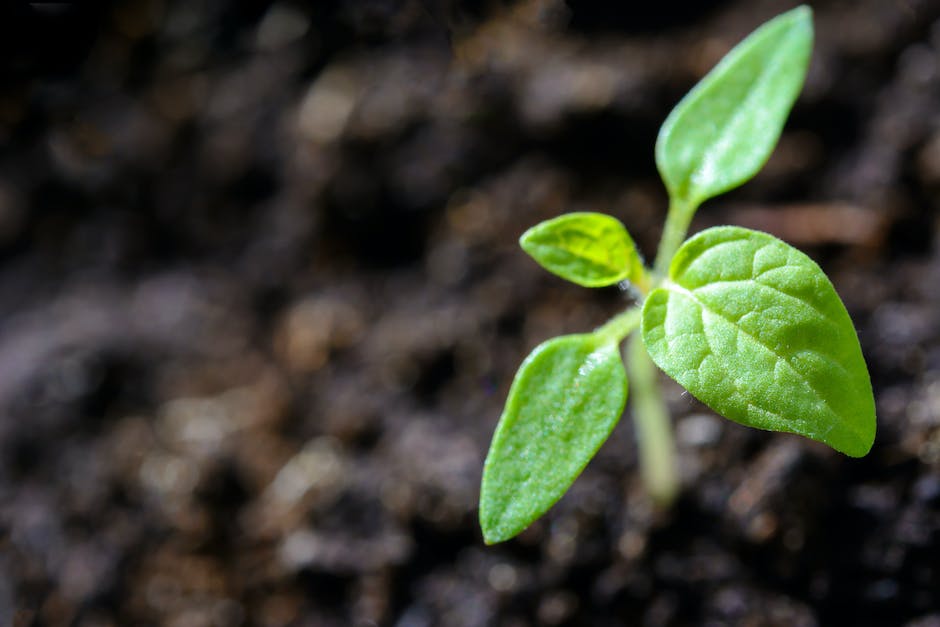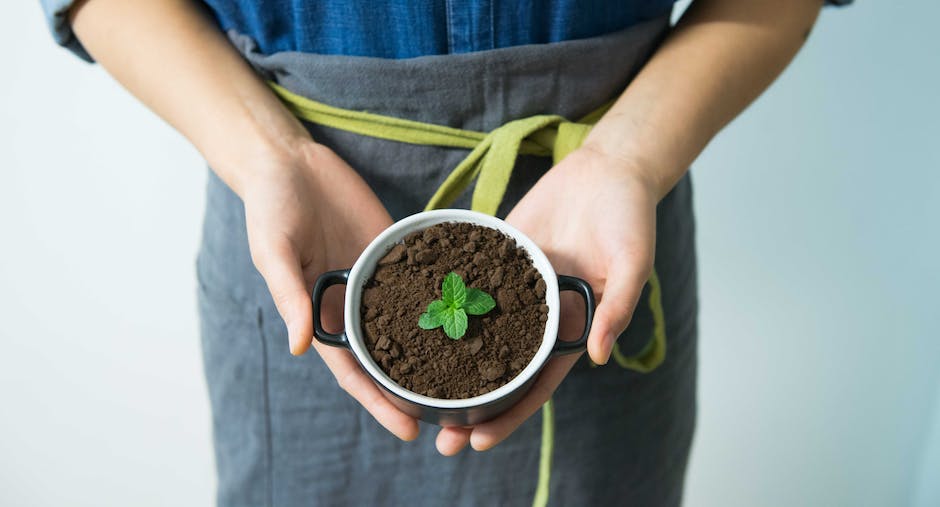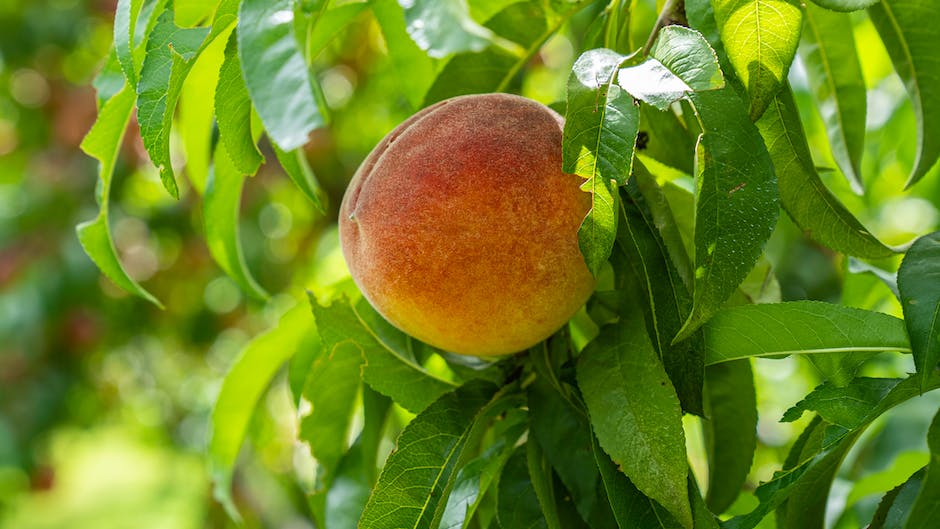How to Grow a Peach Tree from a Pit

One of the most remarkable journeys in nature is that of a simple seed morphing into a towering tree, standing as a testament to life’s resilience and continuity. Among them, the peach tree astounds with its vibrancy, both in its verdant leaves and its famous, succulent fruits. This process, seemingly magical, is grounded in science and gardening expertise. It all begins with the preparation of the peach pit, the deceptively simple first step in a grand process. The meticulous task of cleaning, drying, and stratifying the pit paves the way for successful germination, an early but vital success in the growth of a peach tree.
Preparing the Peach Pit
Mastering the Art of Peach Pit Planting
Ready to plant some peach trees and not sure how to prepare those tricky peach pits? Fear not! With just a little bit of time, patience, and tender loving care, anyone can become a peach tree planting aficionado. Here are the easy step-by-step guidelines to launch an incredible adventure into peach farming.
Step 1: Select the Perfect Peach Pit
First things first, choose the right pit! This means using a pit from a peach that is ripe, delicious, and locally grown if possible. The local peach pits often have a higher success rate due to their natural acclimatization to the local soil and weather conditions.
Step 2: Cleaning the Pit
After enjoyment of the juicy peach, it’s time to clean the pit. Hold it under warm running water and gently scrub away any remaining fruit. Using a very soft brush can also aid in this process. It’s important to ensure no fruit remains since this can cause mold and hinder the germination process.
Step 3: Drying the Pit
The next vital step is drying the pit. It should be left to air dry in a cool, dry place out of direct sunlight for a couple of days. Try to resist the urge to speed up the process with heat or direct sun as this can damage the seed inside the pit.
Step 4: ‘Stratification’ Process
Stratification is just a fancy term for simulating winter conditions to encourage germination. Start this process by placing the clean, dry pit in a sealed plastic bag with damp peat moss, vermiculite, or even a damp paper towel. Place the bag in the refrigerator. Keep the temperature between 33-40 degrees Fahrenheit for a period of two to three months for ideal germination conditions.
Step 5: Planting Time
Exciting times! When spring comes around, it’s time to carefully take the pit out of the fridge. The pit should be planted outside after the threats of frost have passed. Plant it 2-3 inches deep in a well-draining sunny spot. Be sure to water it gently.
The joy of seeing the first signs of a sapling peeping through the soil is indescribable! Remember, it will take a few years for the tree to mature and bear fruit but patience always pays off. Soon, you will add ‘Peach tree enthusiast’ to your green-thumb identity.
Planting a peach pit might seem daunting at first glance, but it’s definitely doable and highly fulfilling! So, start saving those pits and follow these steps to populate your garden with luscious peach trees. Happy planting!

Choosing the Right Soil
From Pits to Peaches: An In-Depth Guide on the Best Soil for a Peach Tree
Peach trees, with their blush pink blossoms and the sweet, juicy fruits they bear, are indeed a joy to behold. As any ardent gardener knows, what lies beneath the surface is just as crucial as what you see above. Yes, we are talking about the humbly important factor – soil. The birthing cradle of the beacon of your peach-growing hobby.
For producing those juicy, succulent peaches, the soil in which the tree grows plays a paramount part. Determining the best soil type is pivotal for the growth, strength, and overall yield of your peach tree. That’s what we’re going to delve into now!
As a rule of thumb, peach trees, a widely adored member of the Rosaceae family, prefer a well-drained, loamy soil. Loam is usually a mixture of sand, silt, and clay which renders a crumbly, friable consistency that’s very well-suited to support peach tree growth. It is because this mix promotes balanced water retention – ensuring the roots are sufficiently ventilated and keeping root rot at bay.
A peach tree’s affinity for loamy soil is mainly due to its moderate fertility, ideal drainage, and ability to retain moisture without excessive dampness. To modify your soil’s characteristics, enrich it with organic nutrients. Adding organic matter such as compost, rotted leaves, or well-rotted manure can help improve its texture and structure—making it perfect for nurturing a peach tree.
Furthermore, peach trees prefer slightly acidic soil. A soil pH between 6.0 to 7.0 is ideal. A pH level below 6.0 could potentially lead to problems with nutrient uptake, causing deficiencies that may affect the health and production of your peach trees. So, be mindful of maintaining this pH level before and during the planting process. Be aware that limestone can be added to raise the pH for overly acidic soils, and sulfur can lower the pH for overly alkaline soils.
Another critical aspect is soil depth. Peach trees have a decently extensive root system and love to spread their roots deep down. Providing at least 18 inches of topsoil ensures they can accommodate their needs comfortably.
Overall, whilst planting your peach pit, remember your ultimate aim – a bountiful crop of delightful peaches. So, respect the roots and ensure they feel at home in a loamy, slightly acidic soil bed, deep enough to cater to their needs. The rewards will surely be peachy when the summer harvest comes around.
Most of all, enjoy the process. Each choice you make, including the soil you choose, will bring you one step closer to a rewarding peach harvest. Truly, gardening is a labor of love, and peach-growing has its unique charm that hooks gardeners worldwide. Embrace it, and you’ll only get better at nurturing your backyard peach tree. Happy gardening!

Proper Peach Tree Care
Now that our peach pit is planted and our patience has been carefully honed, we’re ready to dive into the exciting world of peach tree care. It’s a journey, indeed, but the fruits of our labor are well worth the effort!
First and foremost, watering is a pivotal element of a thriving peach tree. As a rule of thumb, young peach trees require frequent watering, usually once a week, but this might vary depending on the climate and the rainfall in your area. The key here is not to keep the tree constantly drenched, but to let the water reach deep to where the roots are. Also, watering early in the morning helps the tree absorb the water before the heat of the afternoon evaporates it.
Secondly, let’s talk fertilizers! Once our tree starts growing, a well-balanced fertilizer can be applied each year in late winter or early spring to give our tree the critical nutrients it needs to thrive. A fertilizer with a ratio of 10-10-10 (Nitrogen-Phosphorous-Potassium) usually works like a charm for most peach trees.
Then comes pruning, an essential part of the fruit production process. Pruning is best done in early spring, removing dead and diseased branches and opening up the tree’s canopy to allow sunlight to reach the fruit. The first few years of the tree’s life would require formative pruning to achieve a strong structure.
Peach trees, like any other plant, can fall victim to pests and diseases. To ensure a healthy tree and an excellent fruit yield, it’s important to monitor the tree regularly for signs of pests or diseases. If you notice anything unusual like wilting leaves or discolored bark, it’s time to act – getting the correct treatment quickly is essential.
In the frosty winter months, protect the peach tree by using mulch to insulate the roots. Spread a layer of straw or bark mulch around the base of the tree to help keep the root system warm.
Last but not least, thinning is sometimes needed with peach trees. If too many fruits begin to grow, they may become stunted or not ripen properly. Thinning, or removing some of the fruits, can ensure larger, juicier peaches. When thinning, leave about 6-8 inches of space between each peach to ensure proper growth.
There you have it, fellow peach tree enthusiasts! Adopt these practices, and watch your pit-grown peach tree develop steadily into a fruit-bearing wonder. And remember, caring for a peach tree grown from a pit is a labor of love that rewards patience, nurturing, and genuine joy in watching things grow. Happy gardening!

As your tree matures, accompanying it with careful and considered maintenance ensures its health and productivity. Consequently, knowing the correct watering practices, the art of pruning, disease prevention measures, and other critical care techniques are invaluable. Just like every tree holds within it the promise of a forest, every peach pit in your palm has the potential of becoming a lush, fruit-bearing tree. With the right knowledge of soil selection, seed preparation, and tree care, that potential can be fully realized. Indeed, growing a peach tree from a pit paints a vivid picture of nature’s fascinating lifecycle, a miraculous process that you can now proudly partake in.



